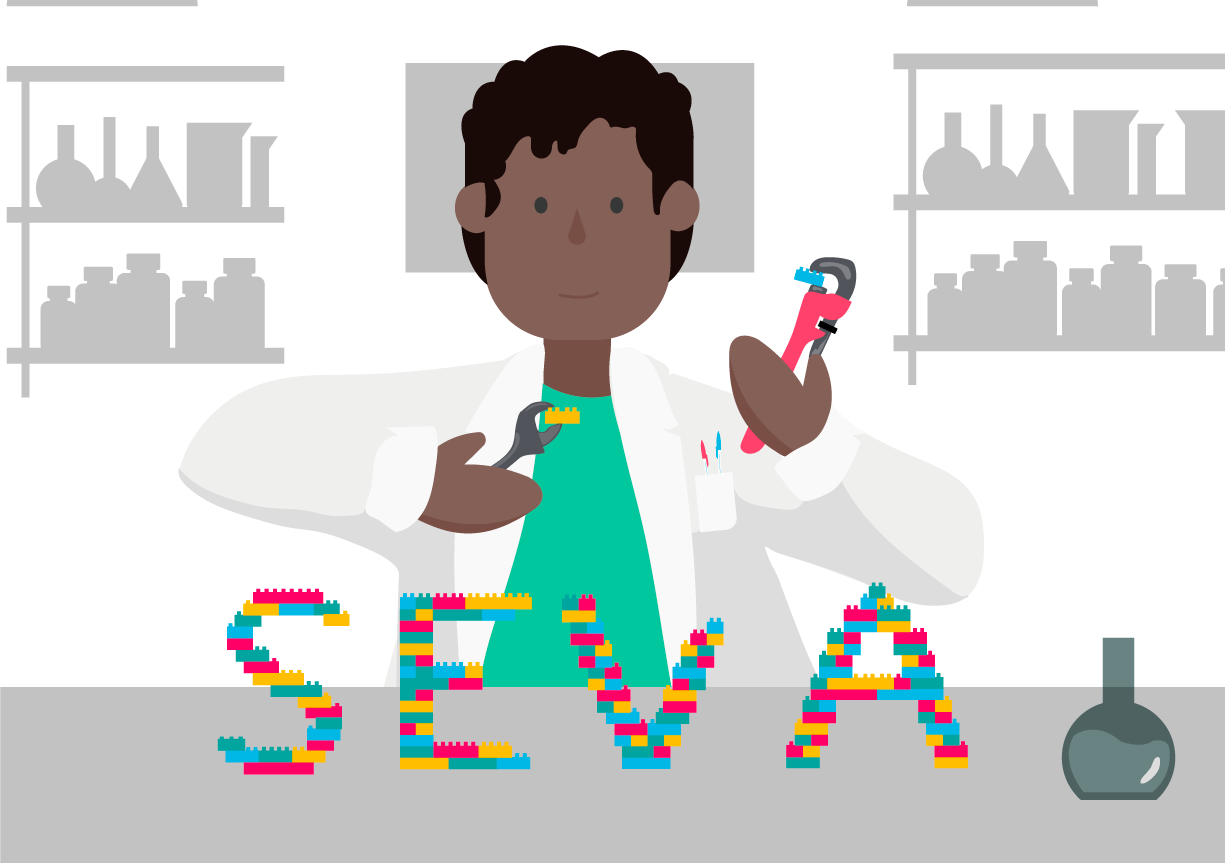It’s been nearly ten years since we launched SEVA, both as a database and as a physical repository of standard plasmid vectors that enables precise genetic analysis and engineering. Ever since, the community has grown and we have distributed more than 3400 plasmids. The journey has been a collaborative effort to standardise and implement formats that increase interoperability and reproducibility in synthetic biology research.
Over the years, SEVA users have been willing to slow down and successfully design their experiments using SEVA plasmids because they value standard and open science. This initial change of pace enables a future where genetic analyses and engineering of a large variety of microorganisms will be made with compatible and comparable tools. Driven by the success of the past years our goal is still the same: to make available these strategies for a greater variety of users and applications. One step towards this is our latest upgrade SEVA 4.0, which makes the standard more useful than ever.
The community talked, we listened
Even though SEVA plasmids follow a fixed structure and were originally designed for gram-negative bacterias, we have become a community with open dialogue for feedback that pushes the platform to evolve. Over the years our users have made an effort to expand the microbial chassis where SEVA plasmids can be implemented, and make the platform as useful as possible. In previous updates we accomplished to make the platform compatible with the SBOL format and included adaptations for use in gram-positive bacteria. That was only the beginning.
In SEVA 4.0, we rendered vectors with modifications and improvements that expand the range of target species, harmonise DNA assembly methods and enable new applications. After many requests, there is now a sub-collection that facilitates the composition of multiple DNA segments with MoClo/Golden Gate technology, new vectors for Gram-positive bacteria and yeast, and off-the-shelf constructs with built-in functionalities
There is also an updated list of SEVA siblings — that is, plasmids that capture part of the standard, but not its entirety. In this version, after analysing which genetic constructs the community was using the most, we considered it necessary to adapt the standard to include complex constructs with multiple cargoes. We have now dubbed these the “multifunction” SEVAs, thus broadening the canonical collection and bringing new possibilities for future inclusions and harmonisation of the collections.
A collaborative work in progress
We know it is not always easy to contribute to standardisation, which is why we work to simplify the process for SEVA users. In this version, we improved the usability and accessibility of the platform, now making it easier to order your plasmids. We also keep placing special value in providing free worldwide shipping, because despite SEVA being an European initiative, we want to make standardised science available globally.
We have observed that the SEVA community is not only united by the use of standard plasmids, but shares ideals and commitment to make synthetic biology research reproducible and interoperable. We are thankful for the interactions, opinions, and requests that we have received the past years from the ones who have already joined the conversation. And we invite newcomers to be part of the dialogue, so we can move forward together!
Ultimately, the ambition of SEVA is to serve the Synthetic Biology community by offering an open and user-friendly collection of genetic tools that meets a whole range of needs from simple students’ projects all the way to large-scale biotechnological applications.
References:
Martínez-García, Esteban, Sofía Fraile, Elena Algar, Tomás Aparicio, Elena Velázquez, Belén Calles, Huseyin Tas et al. «SEVA 4.0: an update of the Standard European Vector Architecture database for advanced analysis and programming of bacterial phenotypes.» Nucleic Acids Research (2022). https://doi.org/10.1093/nar/gkac1059
